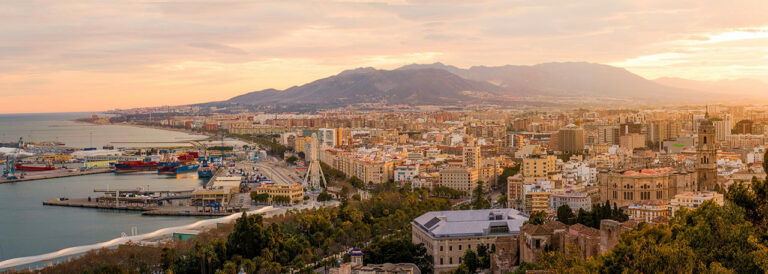Once the Second World War was over, major architects from all over Europe were given the task of designing and laying out exquisite gardens; open-air spaces that were carefully transformed in order to be able to regain some of what the war had taken from the people. In 1948 one of those gardens was opened in Málaga; located just by the Town Hall building and below the Citadel. It was a beautiful garden inspired by Hispano-Islamic culture and designed by the architect Guerrero Strachan.

Originally opened as the Pedro Luis Alonso Gardens in honour of the first post-war mayor, it contained a wide variety of trees, chiefly orange, mandarin and cypress. However, following remodelling work which was completed in 2010, the gardens began to be known among the population as the Málaga Rose Garden. It is a place where the heart receives the gift of a balm which enters through the eyes and, by way of the nose, causes the whole body to contemplate the work of the rose experts who, since the middle of the 19th Century, began their experiments at crossing the various species. It was later, in the 20th Century, thanks to hybridisation based on Mendel’s laws, that a frantic race began to create new varieties to fascinate the public, which fostered an important market in roses that survives to this day.
From miniature flower heads hanging from bushes replete with delicate blooms, to roses of a significant size whose names honour members of the nobility, or cinema stars such as Liz Taylor, Audrey Hepburn or Ingrid Bergman, in the Málaga Rose Garden you can find seventy varieties, and a total of 10,188 plants. Each variety has an explanatory sign which describes attributes, such as the intensity of the scent, resistance, origins and name. It is one of the most important in Spain, together with the Madrid Rose garden, which was opened in 1956, and the Dot i Camprubí Rose Garden, named in honour of the famous rose expert Pedro Dot, and opened in 1988. In Málaga you can find a garden to visit, smell and recall that which Saint-Exupéry wrote in the middle of the Second World War: “only with the heart that one can see rightly; what is essential is invisible to the eye. […] It’s the time you spent on your rose that makes your rose so important”.


